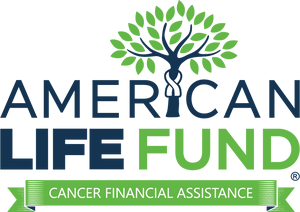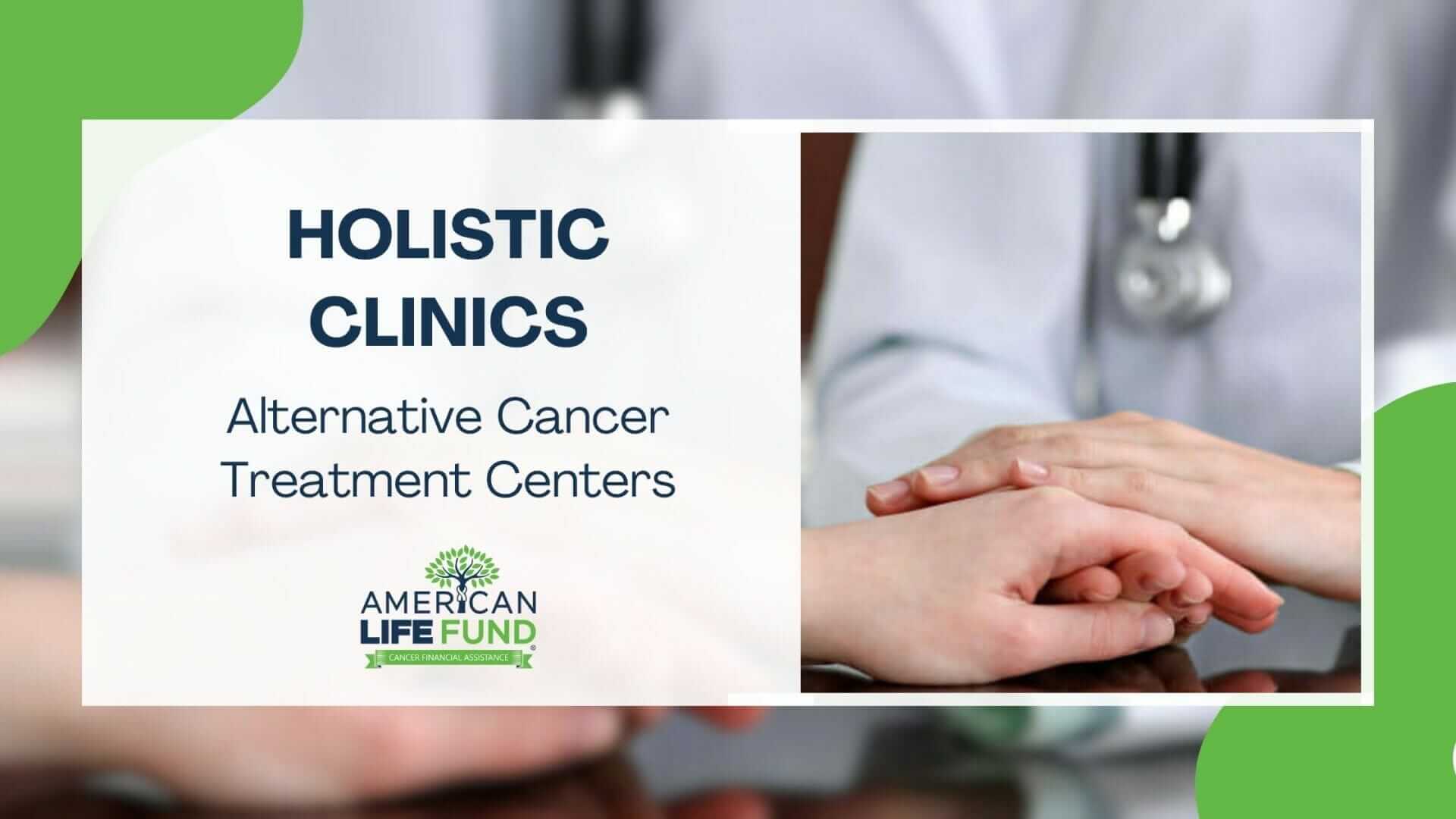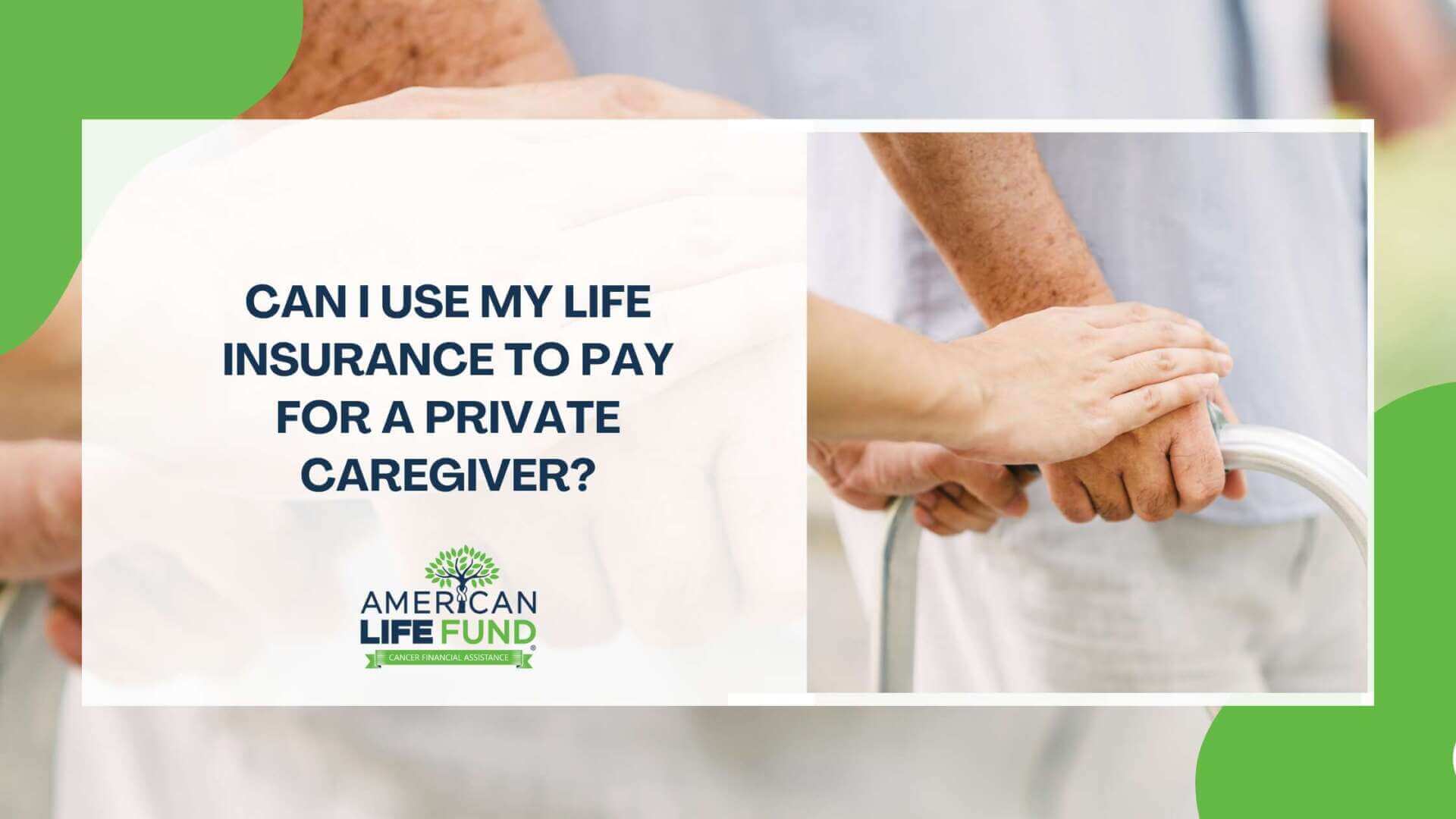Key Takeaways
- Lung failure treatment can be costly, but help is available.
- Viatical settlements provide immediate funds by selling life insurance policies.
- The HealthWell Foundation offers financial aid for insurance premiums, co-pays, and medication costs.
- Government programs like Medicaid, Medicare, and SSDI provide additional financial support.
Living with lung failure is life-altering, not just physically and emotionally, but financially as well. The costs of ongoing medical treatment, prescription medications, oxygen therapy, and even lung transplants can quickly add up, leaving many patients and their families struggling to manage mounting medical expenses and out-of-pocket costs. For those managing the challenges of lung disease or lung failure, understanding the available options for financial assistance can provide much-needed relief.
The good news is that there are resources available to help. From health insurance coverage and prescription assistance programs to nonprofit organizations and financial assistance programs like viatical settlements, individuals living with lung failure have access to a variety of tools to manage the financial costs of care.
The Financial Challenges of Lung Failure
Managing lung disease or lung failure places a tremendous financial strain on patients and their families. The costs of hospital stays, ongoing medical treatments, and critical prescription medications quickly add up, often leaving individuals living with lung failure feeling financially burdened. For those who require a lung transplant, financial costs can soar to hundreds of thousands of dollars, including expenses for pre- and post-surgery care. According to recent estimates, the average billed cost for a lung transplant in the United States exceeds $1.2 million, reflecting the immense healthcare costs associated with this procedure.
For many, the challenges of health insurance coverage and rising out-of-pocket expenses add even more stress. Even with health insurance, patients may face high monthly premiums, deductibles, and gaps in drug coverage. These financial stresses are often increased by an inability to work, further reducing household income and straining a family’s ability to cover medical expenses and insurance premiums.
For patients with limited income, finding financial assistance programs becomes essential. Government programs like Medicare Part B, nonprofit organizations such as the HealthWell Foundation, and prescription assistance programs can provide some relief. However, understanding and accessing these resources can be complicated and often requires the guidance of a patient advocate foundation or social worker.
Despite these options, many patients continue to face significant financial gaps, struggling to afford medications or pay for necessary medical treatment. This is where solutions like viatical settlements can make a meaningful difference, offering eligible patients immediate financial support to cover expenses and reduce financial stress.
Viatical Settlements
For lung failure patients facing mounting medical bills and reduced income, traditional forms of financial assistance may not always be enough. This is where viatical settlements offer an impactful solution. A viatical settlement allows you to sell your life insurance policy to a company in exchange for a lump sum of cash. This immediate access to funds can provide significant relief, especially for those struggling to cover costs like dialysis services, prescription drug coverage, or the expenses of a potential lung transplant.
How Do Viatical Settlements Work?
If you qualify for a viatical settlement, you can sell your life insurance policy for a percentage of its face value. Unlike traditional insurance payouts, which are only available after the policyholder passes away, viatical settlements let you access this money while you’re alive, offering financial flexibility when you need it most.
Key Considerations:
- The percentage payout depends on factors such as:
- The insured’s life expectancy (shorter life expectancy typically leads to a higher percentage payout).
- The policy terms (type of policy, premiums, and coverage details).
- The policy’s premiums
This lump-sum payment can provide immediate financial relief to cover medical bills, transportation, medications, or other essential expenses without restrictions on usage. By opting for a viatical settlement, patients avoid the need to apply for multiple assistance programs, streamlining your access to funds.
Why Consider a Viatical Settlement?
- Immediate Cash: Funds can be used for any purpose, paying off health care costs, handling daily expenses, or simply easing financial stress.
- No Restrictions: Unlike other forms of financial aid, viatical settlements are not limited to specific uses.
- Empowerment in a Difficult Time: For patients who feel stressed by rising health care expenses, this option offers a sense of relief and security.
Government-Sponsored Financial Assistance Options
The U.S. government offers several financial assistance programs to help patients with lung disease and lung failure manage the high costs of medical treatment, lung transplants, and other necessary health care expenses.
Medicare for Lung Failure Patients
Patients with advanced lung disease or those requiring a lung transplant may qualify for Medicare benefits, regardless of age, under certain conditions. Features include:
- Medicare Part A (Hospital Insurance):
- Coverage: Inpatient hospital stays, skilled nursing facility care, hospice care, and some home health care.
- Costs:
- Deductible: $1,632 per benefit period.
- Coinsurance:
- $0 for the first 60 days of inpatient hospitalization.
- $400 per day for days 61–90.
- $800 per “lifetime reserve day” after day 90 (up to 60 days over your lifetime).
- Medicare Part B (Medical Insurance):
- Coverage: Doctor services, outpatient care, medical supplies, and preventive services.
- Costs:
- Premium: Standard premium is $174.70 per month (may be higher based on income).
- Deductible: $240 per year.
- Coinsurance: 20% of the Medicare-approved amount for most doctor services after the deductible is met.
- Medicare Part D (Prescription Drug Plans):
- Coverage: Assists with the cost of prescription medications necessary for managing lung disease.
- Costs:
- Premiums and Deductibles: Vary by plan.
- Copayments/Coinsurance: Depend on the specific medication and plan formulary.
- Medicare Premium Assistance (Medicare Savings Programs):
- Programs:
- Qualified Medicare Beneficiary (QMB): Covers Part A and Part B premiums, deductibles, coinsurance, and copayments.
- Specified Low-Income Medicare Beneficiary (SLMB): Covers Part B premiums.
- Qualifying Individual (QI): Covers Part B premiums (funding is limited).
- Eligibility: Based on income and resource limits, which vary by state.
- Programs:
Additional Support Programs
- State Assistance Programs:
- Coverage: May include help with transportation costs, health insurance premiums, and treatment-related expenses.
- Examples:
- Medicaid: Provides health coverage for individuals with limited income; eligibility and benefits vary by state.
- State Pharmaceutical Assistance Programs (SPAPs): Help with prescription drug costs; availability and benefits differ by state.
- Social Security Benefits:
- Supplemental Security Income (SSI):
- Eligibility: Individuals with limited income and resources who are disabled, blind, or aged 65 or older.
- Benefits: Provides cash assistance to meet basic needs for food, clothing, and shelter.
- Payment Amounts: The federal benefit rate is $914 per month for individuals and $1,371 for couples in 2024; some states offer additional supplements.
- Social Security Disability Insurance (SSDI):
- Eligibility: Individuals who have worked and paid Social Security taxes and are now unable to work due to a medical condition expected to last at least one year or result in death.
- Benefits: Monthly payments based on the individual’s average lifetime earnings.
- Payment Amounts: The average SSDI benefit for a disabled worker is approximately $1,358 per month in 2024, but actual amounts vary based on past earnings.
- Supplemental Security Income (SSI):
Important Considerations:
- Eligibility Criteria: Vary by program; it’s essential to check specific requirements.
- Application Process: Some programs have lengthy application and approval processes; early application is advisable.
- State Variations: Benefits and eligibility can differ significantly between states; consult local resources for accurate information.
Support from Charitable Organizations
For many patients living with lung disease or lung failure, charitable organizations provide a necessary safety net when healthcare costs become difficult to manage. These groups offer financial assistance, educational resources, and emotional support to help with the challenges of managing a chronic illness.
American Lung Association
The American Lung Association supports patients by offering educational resources, advocacy programs, and financial assistance programs. They also connect patients and their families to support groups, clinical trials, and local services to help manage the challenges of lung failure and its medical treatment.
HealthWell Foundation
The HealthWell Foundation provides financial aid to eligible patients to help cover health insurance premiums, co-pays, and medication costs. Their assistance programs focus on reducing out-of-pocket expenses for underinsured individuals living with lung disease and related conditions. Patients can apply online through their website to find resources and funds for medical treatment.
Non-Small Cell Lung Cancer Fund: Eligible patients can receive up to $6,000 in financial assistance for a 12-month grant period. On average, patients use about $2,500 during this period.
Pulmonary Fibrosis Fund: This fund offers a maximum award of $9,000 for a 12-month grant period, with patients typically using an average of $6,200.
Small Cell Lung Cancer Fund: Provides up to $8,000 in assistance for a 12-month period, with an average amount of $3,500 by patients.
Local Charities and Nonprofits
In addition to national organizations, many local charities partner with transplant centers, hospitals, and healthcare providers to offer grants, transportation assistance, and free services. A social worker or patient advocate foundation can be a valuable resource in connecting patients to these programs.
Additional Ways to Reduce Health Care Costs
In addition to insurance and charitable programs, patients living with lung cancer or lung failure can adopt practical strategies to manage their health care costs more effectively.
Work with Health Care Providers
- Many health care providers and transplant centers offer payment plans or sliding-scale fees based on income.
- Transplant coordinators may assist in reducing costs for services related to lung transplants or follow-up care.
Seek Financial Aid from Drug Manufacturers
- Pharmaceutical companies often provide prescription assistance programs to reduce the cost of medications for eligible cancer patients.
- Ask your doctor or pharmacist about available options, or visit drug manufacturers’ websites for details on financial assistance.
Explore Local and State Programs
- Beyond national programs, many states offer assistance programs for transportation, home care, and treatment support. These resources often work in partnership with Medicare or private insurance.
- Contact your local health department or a social worker to explore what’s available in your area.
Leverage Secondary Coverage
- If you have multiple forms of insurance, coordinate them to maximize your health insurance coverage. For example, Medicare may act as a secondary payer, covering costs your primary insurance doesn’t.
Finding Financial Relief for Lung Failure
Living with lung failure or advanced lung disease brings significant emotional and financial challenges. While programs like Medicare, financial assistance programs, and support from organizations such as the American Lung Association and the HealthWell Foundation provide relief, many patients still face gaps in coverage for healthcare costs, prescription medications, and everyday expenses.
Viatical settlements offer an immediate and flexible solution for eligible patients seeking financial support during this difficult time. By accessing the value of your life insurance policy, you can reduce the stress of mounting medical expenses, health insurance premiums, and out-of-pocket costs—allowing you to focus on your health, well-being, and loved ones.
If you’re ready to explore how a viatical settlement can provide financial relief, the team at American Life Fund is here to help. Call us today at 877-261-0632, or click here to learn more. Together, we’ll help you find the financial peace of mind you deserve.





